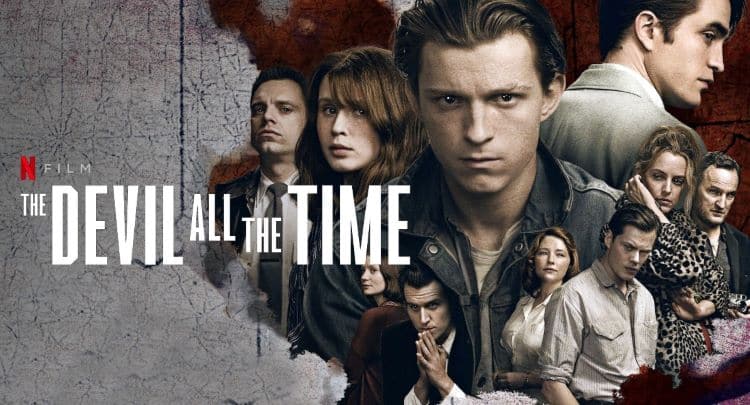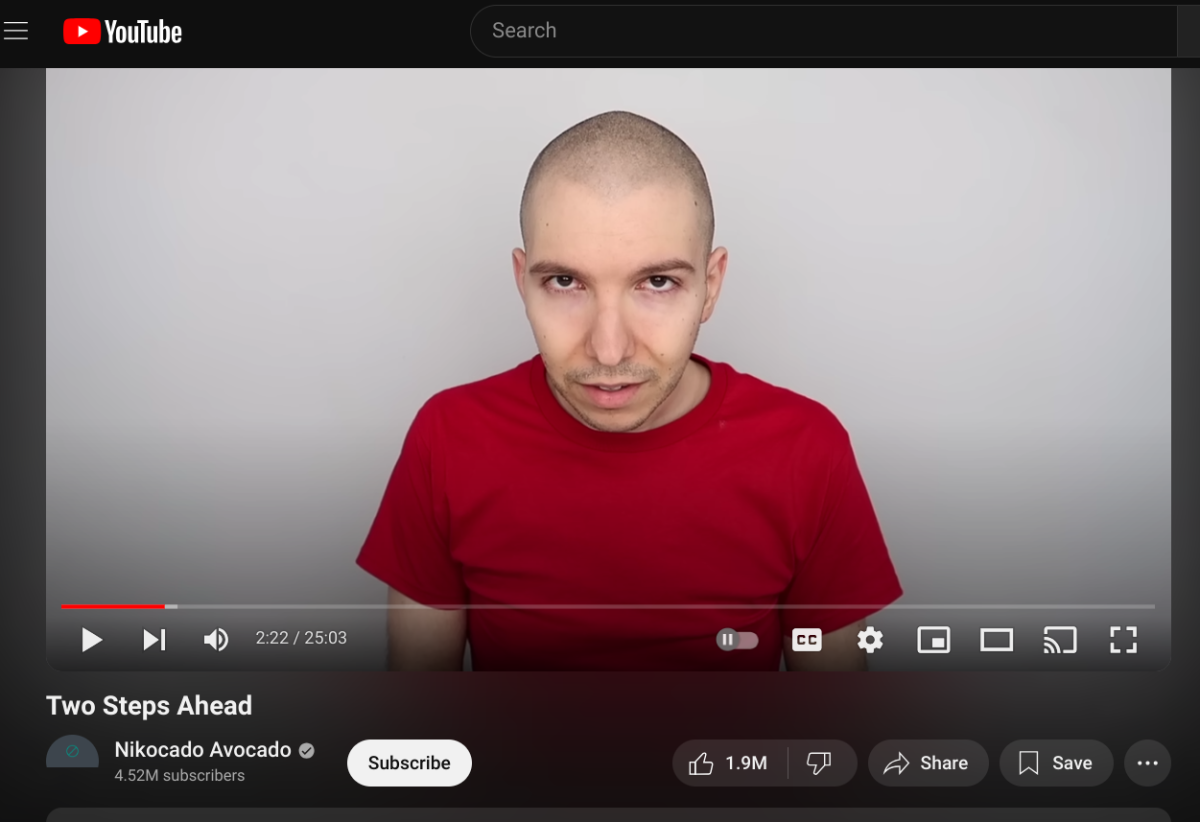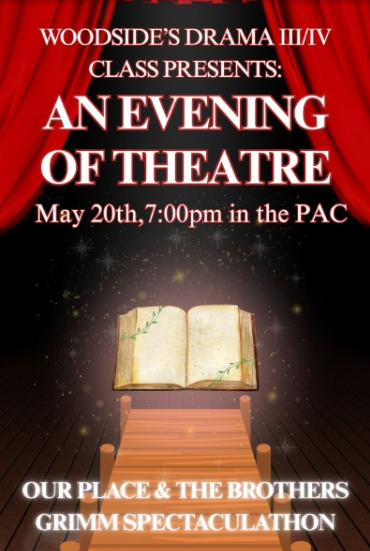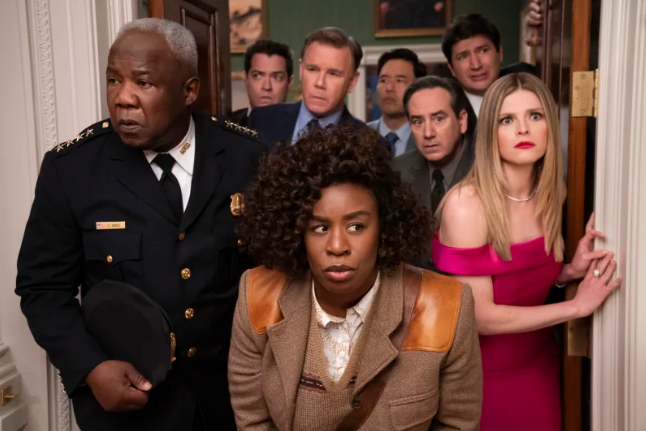The movie “The Devil All the Time,” created by Antonio Campos, depicts a dark and engaging story of a young boy named Arvin Eugene (Tom Holland) growing up in a religious heavy household in the backwaters of Ohio. As he finds out his mother is plagued by cancer, his father, Willard Russell (Bill Skarsgård), will do anything in the name of the Lord to save his wife, giving a new meaning to the movie’s title.
“The Devil All the Time” takes place in the 1960s, following the story of two bloodlines across the country, and how they came to live in the same house. Arvin and Lenora Laferty (Eliza Scanlen) are young children whose parents were taken from them as little kids and must grow up together as step-siblings in the same house, both wondering how and why they don’t have their parents. The movie follows multiple storylines of several characters, such as the priest Reverend Douglas (Robert Pattinson), who intentionally preaches the wrong message of God to the people of the town. Throughout the movie, the title of the movie stays in your mind — the questions it creates are never answered, but rather left for you to internally decide for yourself.
A film similar to this one is the movie “Silent” by Martin Scorsese, which shows two priests who try to preach the word of God to the Japanese. The Japanese don’t want to convert to Christianity and don’t want their people worshipping God, rejecting their faith in God by killing the Christian villagers. “The Devil All the Time” involves these twisted religious themes internally and externally. The film has constant inner and outer conflicts with itself. The characters are constantly testing their faith, and the audience has to decide for themselves what faith means to them.
The film is a whirlwind of plot twists swirling throughout the movie, and yet every twist seems to make sense to the audience. With its unique plot style, the actors’ top-notch performances are the cherry on top. Most of the actors in the film are originally from the United Kingdom and have heavily British accents, but their American accents are realistic and believable.
The film is a very exciting and fast-paced storyline that seems to lose track of time. Flashbacks take the audience into somebody else’s mind, giving sides of the story from all different angles. The work of the actors brings the movie to justice. They play very convincing roles that the audience wouldn’t usually see them in. The characters are relatable to some degree, and viewers will find themselves rooting for the bad guy for most of the movie. The film created beautiful characters that the audience can love to hate and others that they can hate to love.
The film is very dark, but it seems to catch the light with every minute of the story. The blood you sometimes see in movies feels overused, but director Antonio Campos did an amazing job of incorporating gore where it needs to be in the film, and it surprisingly fits. It uses plenty of religious aspects to its advantage, using the fear of God and sinning against the characters rather than helping the characters.
The plot of this movie is exciting and engaging, leaving viewers wanting more to watch by the end. The film is great and the cinematography makes it 10 times better. The way the audience can observe four different storylines at once without confusion is very difficult to do but very satisfying when it’s done right. The way the characters can bring the audience into the performance just adds to the brilliance of this film.












